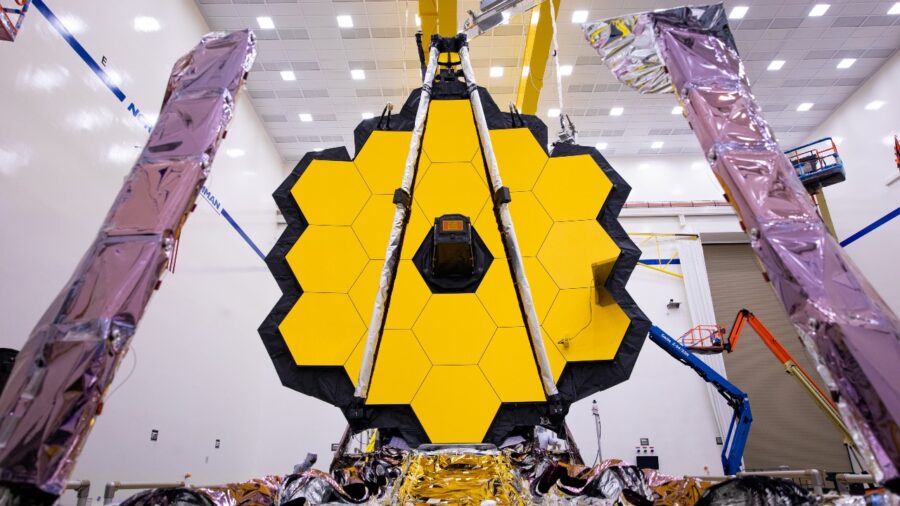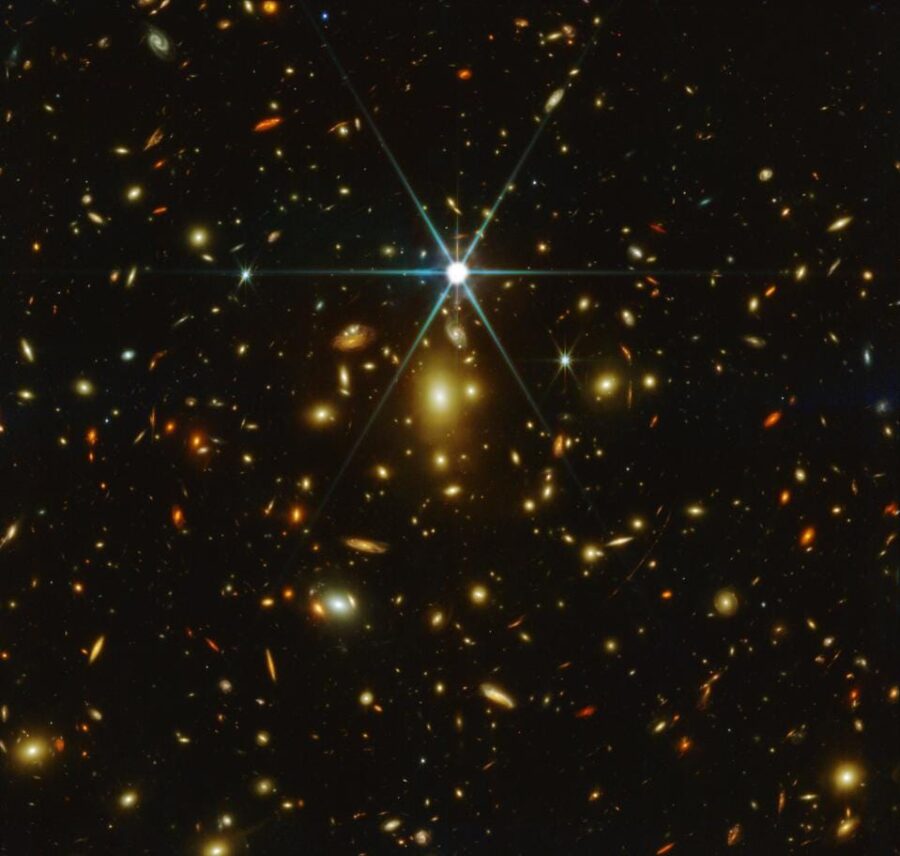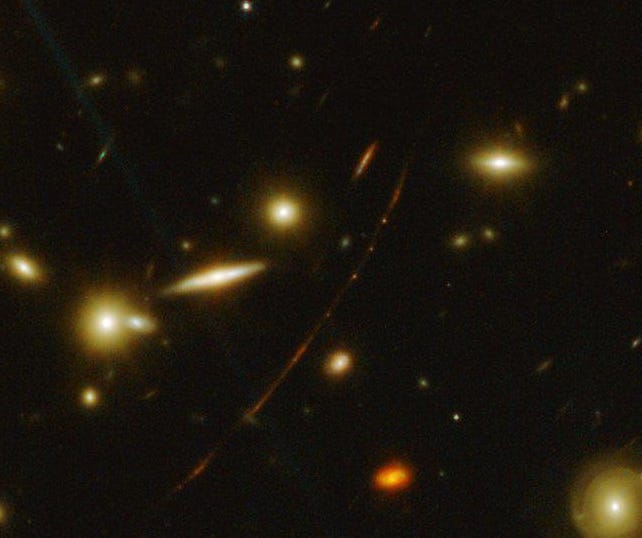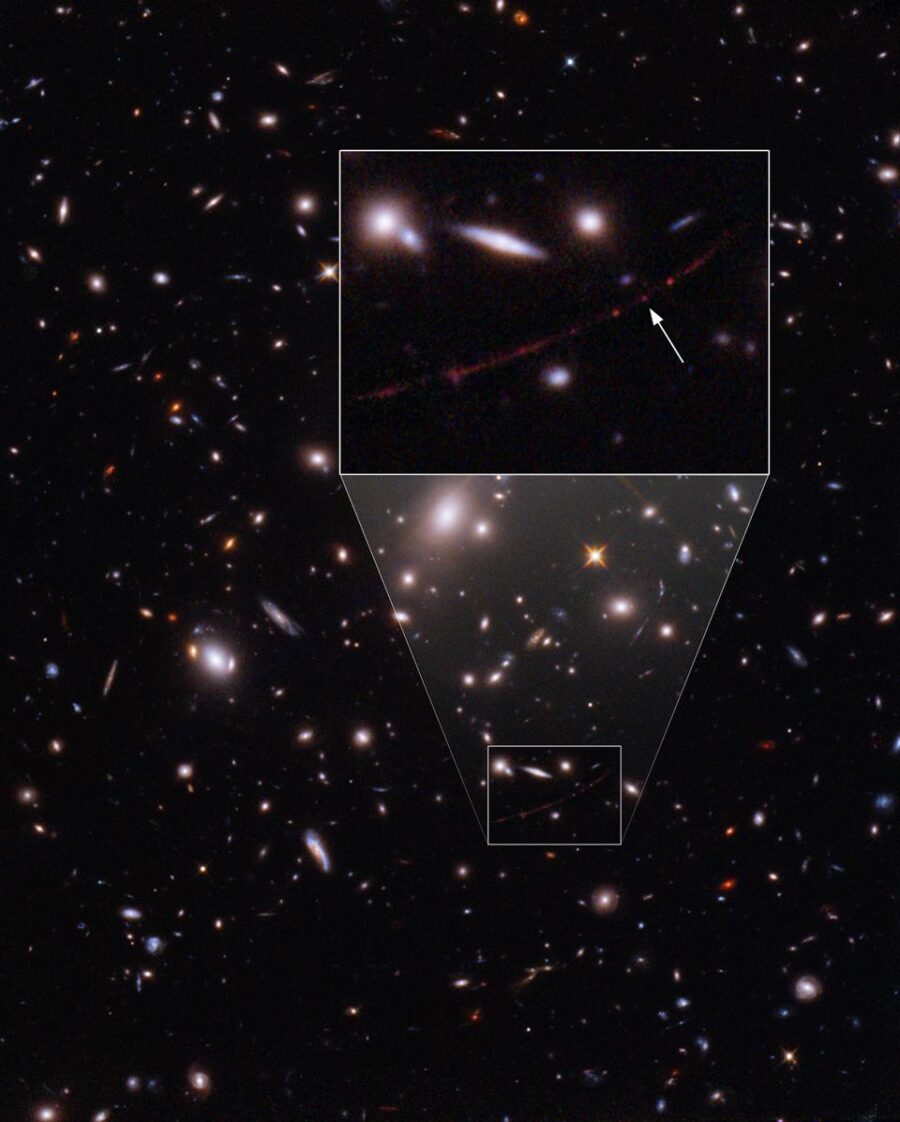Scientists Just Photographed The Most Distant Star In Our Universe
The James Webb Space Telescope has been doing some amazing things lately, and this time scientists have captured the most distance star in our universe.

The James Webb Space Telescope has been doing some amazing things, as it has photographed galaxies and stars that have yet to be seen this close by astronomers and the public. Now, the telescope has captured an image of the farthest star in the universe. This star is known as “Earendel” and is said to be 28 billion light years away. The star was also said to be observed by a ripple in space-time that allows for extreme magnification. That concept sounds quite complicated, but we have been provided with images of the star. You can see these images below:



As you can see from the magnification of the stars, we get a much better look at Earendel by the third image. Well, mostly because the good folks at NASA have pinpointed exactly where this star is. It looks to be located on a thin red line in the above images. Still, it is quite breathtaking that the James Webb Space Telescope is even able to capture such images of the universe now. Earendel translates to “morning star” or “rising light” is located on what is now known as the “Sunrise Arc.” That arc is the thin red line that was previously mentioned. Sure, Sunrise Arc does sound a bit better than “thin red line”, but we aren’t the scientists here.
Earendel is said to have traveled 12.9 billion years to get to the optics of the James Webb Space Telescope. Well, that’s to say that its light has traveled that long. That is astounding no matter how you look at it. The JMST has now captured images of previously unseen galaxies, the farthest star, and recently the best images of Jupiter. Science has certainly come a long way, and we wonder if this instrumentation is going to be able to find a planet that can be used to colonize. We know that sounds like straight out of a bad science fiction plot, but hasn’t that been the plan all along? Either that, or we might have a better understanding of potential life living in the cosmos beyond our planet. Either possibility is exciting to think about.
The power of the James Webb Space Telescope is quite extreme, as it took around three hours for the image of Earendel to be captured. This was achieved by using the telescope’s Near-Infrared Camera, otherwise known as the “NIRcam.” The Hubble Space Telescope did capture Earendel in March but at a lower resolution and sensitivity. The time frame took weeks as well, making the JWST seem that much more impressive. Both instruments are impressive, the JWST just does this imaging a lot faster.
Earendel could just be one of the many stars that can now be captured at a much closer range, leaving us to wonder what fascinating things exist in deep space that has yet to be captured. The James Web Space Telescope could lead to an even more powerful tool created that can be used to capture even better images of the farthest reaches of space.












